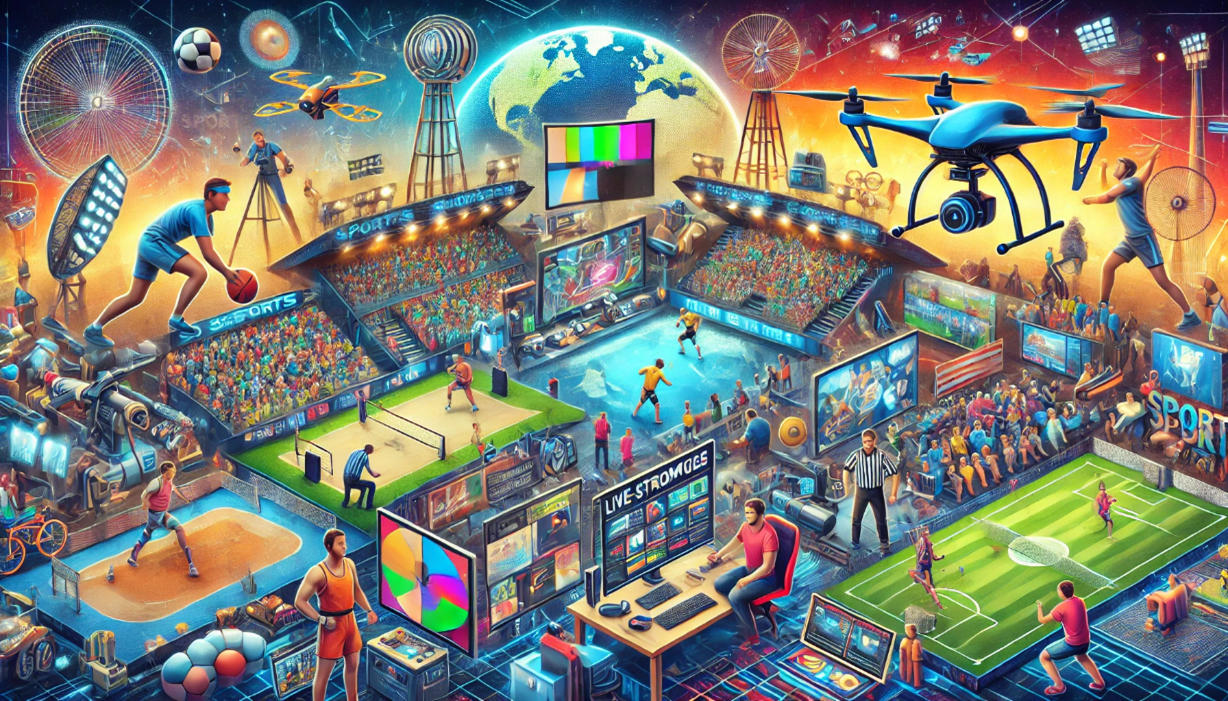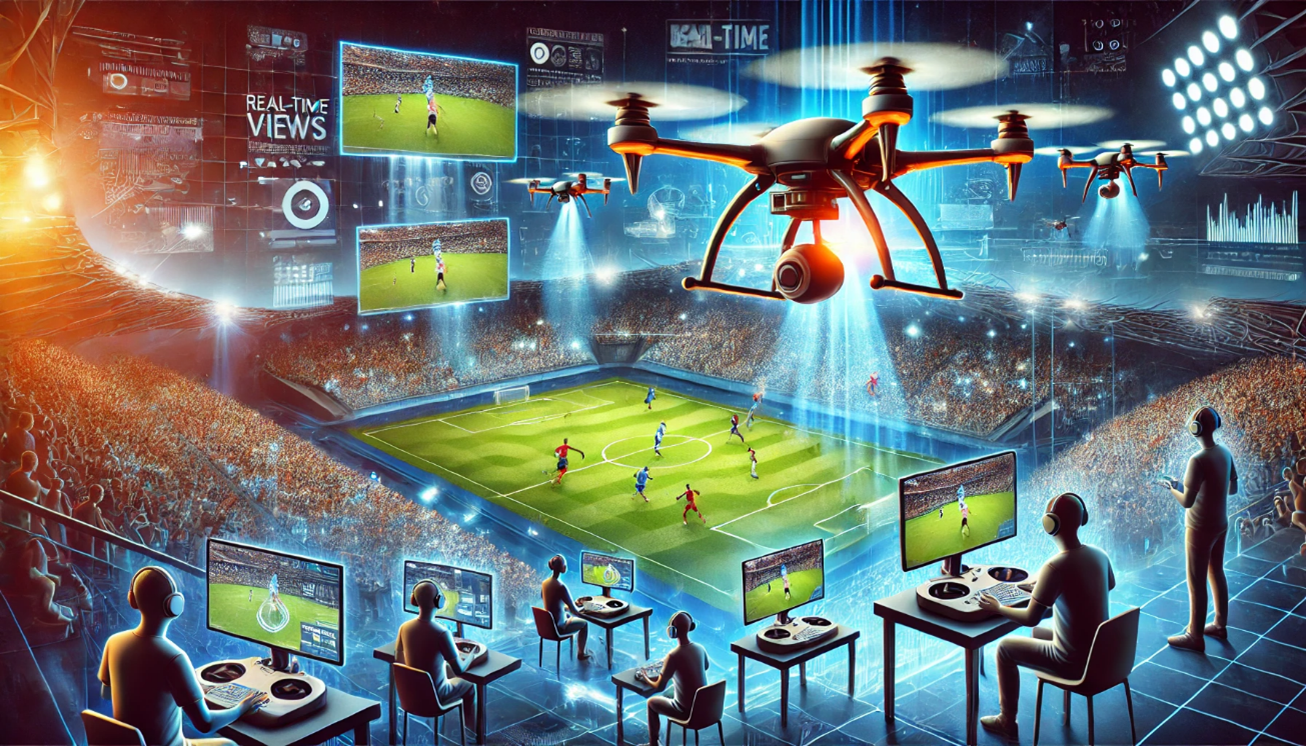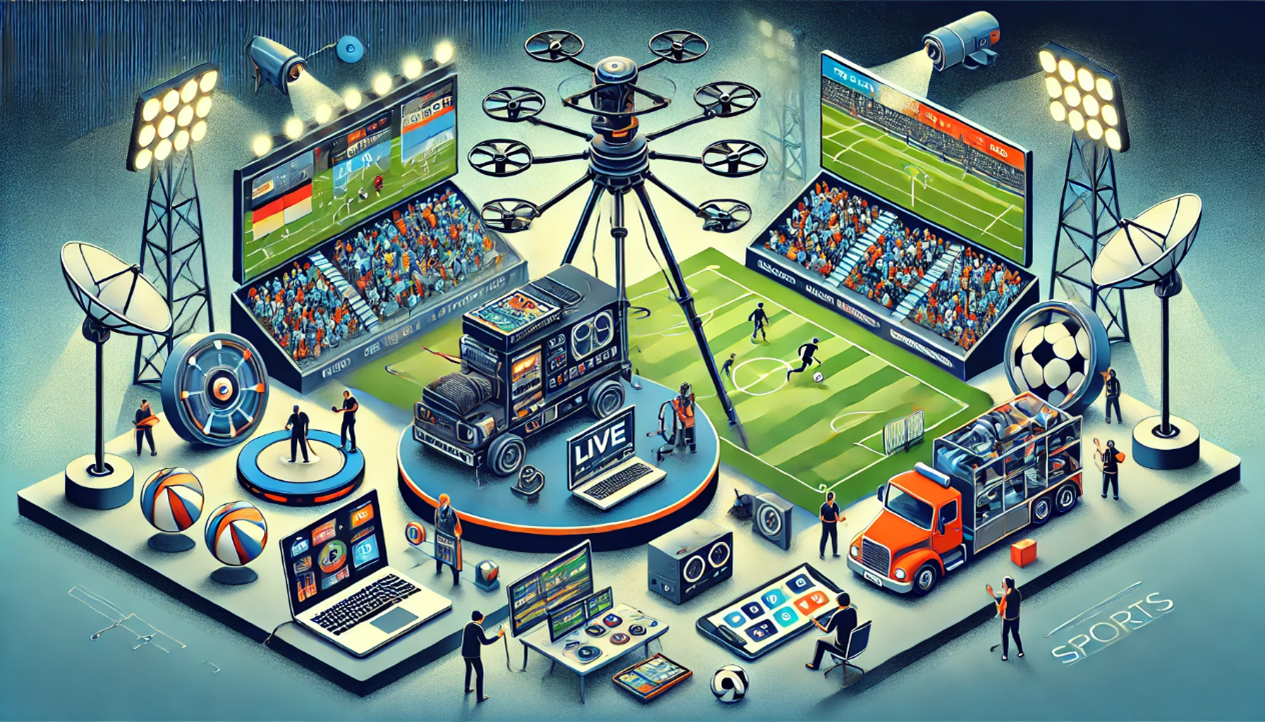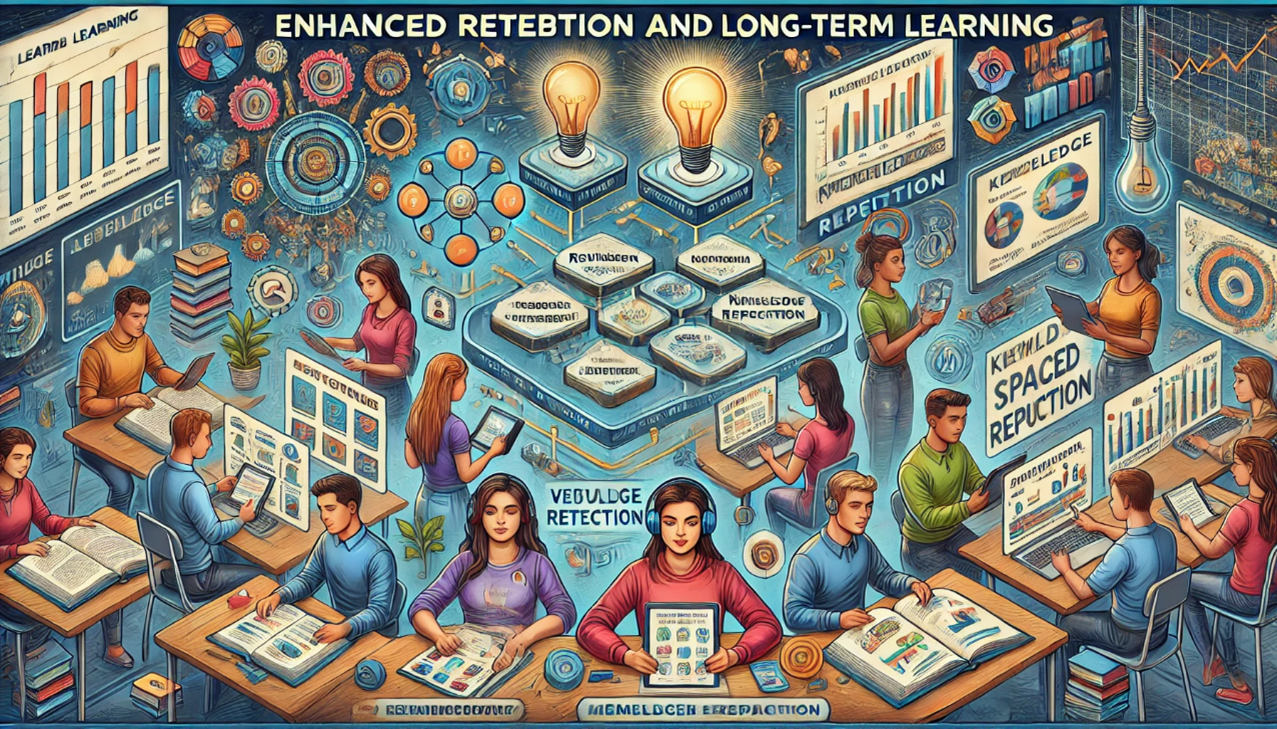The impact of drones on delivering dynamic, live-action views in sports coverage

The impact of drones on delivering dynamic, live-action views in sports coverage
by Nathaniel 02:48pm Jan 24, 2025

The impact of drones on delivering dynamic, live-action views in sports coverage
Drones have significantly transformed the landscape of sports coverage, offering dynamic, live-action views that were previously difficult or impossible to achieve with traditional broadcasting methods. Their impact on the way sports are covered and experienced can be seen in multiple aspects, from enhancing viewer engagement to providing more immersive and detailed perspectives. Here’s a detailed breakdown of how drones are reshaping sports coverage:
1. Elevated and Dynamic Camera Angles
Aerial Shots:Drones allow for smooth, high-angle shots that capture the entire field or arena in ways traditional cameras cannot. This overhead perspective gives viewers a bird’s-eye view of the game, offering a comprehensive understanding of player positioning and team dynamics. For example, in soccer or football, drones can fly over the field, providing sweeping shots that show the flow of the game, team formations, or tactical changes, enriching the viewer's experience.
Moving Shots:Drones can follow the action in real-time, tracking fast-moving players or the ball with a level of agility and precision that stationary cameras cannot match. This ability to move freely within the stadium or field enables broadcasters to deliver dynamic and dramatic shots, such as a drone following a player down the sideline or zooming in on key moments like goals or touchdowns.
Tracking Fast Action:For fast-paced sports like basketball, tennis, or motocross, drones can hover above or follow the players, capturing high-speed action without interruption.This ability to maintain focus on the action, even as players move quickly, brings an added layer of excitement and intensity to the viewing experience.
2. Immersive and Interactive Viewing Experiences
Augmented Reality (AR) Integration: Drones can capture live footage that is seamlessly integrated with augmented reality (AR) graphics, providing real-time statistics or visual overlays. For example, drones flying over a baseball field can display a player’s stats or trajectory data for the next pitch,giving fans insights into the game while maintaining an immersive visual experience.
360-Degree Views: Drones equipped with 360-degree cameras offer immersive, spherical views of sports events. These views can be streamed live, allowing viewers to control their perspective, enabling them to look around the stadium or court as if they were physically present. This creates a more interactive and personal experience, especially for remote viewers.
Fan Engagement:Drones can enhance fan engagement by capturing exclusive behind-the-scenes content, like fan celebrations, interactions with players, or unique angles that are impossible for traditional cameras to capture. This can give viewers an insider's look into the event, making the experience feel more personal and connected.
3. Cost-Effective and Flexible Coverage
Lower Production Costs: Drones can provide high-quality footage without the need for costly equipment, such as cranes or helicopters, which were previously used to capture aerial views. Drones are significantly more affordable, reducing production costs for broadcasters. This makes it easier for smaller events or lower-budget sports to access high-quality coverage.
Rapid Deployment:Drones are easy to deploy and can be quickly repositioned during the event, giving broadcasters more flexibility. This is particularly useful in sports where action happens at unpredictable moments, such as in racing or extreme sports. Drones can be repositioned on the fly to capture spontaneous moments, ensuring they are never missed.
Accessibility in Hard-to-Reach Areas: In some sports, certain areas of the venue are difficult to capture using traditional camera setups. For example, drones can fly close to the action in extreme sports like skiing, surfing, or rally racing, where terrain may be difficult for conventional cameras to access. In motorsports, drones can follow cars or motorcycles around tracks, offering unique angles and capturing moments that are impossible from the ground.
4. Enhanced Storytelling and Narrative Building
Increased Depth of Coverage: Drones allow broadcasters to tell richer stories by providing varied perspectives on the action. For example, in a soccer match, a drone might follow a key player from the locker room to the field,showcasing pre-game rituals and creating a more immersive narrative around the player's journey. This storytelling aspect engages the audience not just with the game, but with the human side of the sport.
Highlighting Key Moments: Drones excel at capturing key moments from unique angles. For instance, in a basketball game, a drone could follow a player as they make a buzzer-beater shot, providing a dramatic aerial view of the shot and the crowd’s reaction. This cinematic approach enhances the emotional impact of the moment, making it even more memorable for viewers.
Replays and Slow Motion: Drones can also be used for detailed, slow-motion replays, offering up-close, dynamic angles that help fans better understand the play. For example, a drone following a baseball as it leaves the bat can show the exact trajectory and spin, helping viewers analyze the play with greater clarity.
5. Safety and Risk Reduction in Coverage
Helicopter Alternative: In many cases, drones serve as a safer and more practical alternative to helicopters for aerial shots. Helicopters,although useful for aerial views, are more expensive, require complex coordination, and come with higher risks. Drones can fly much closer to the action and be easily controlled from the ground, reducing the risks and logistical challenges involved in using helicopters for sports coverage.
Safer Operation in High-Traffic Areas: Drones can operate in smaller spaces without the need for airspace coordination, making them more adaptable and less intrusive than other aerial filming methods. This is especially beneficial in densely packed venues or for covering indoor sports, where helicopters or other large aerial vehicles would not be feasible.
6. Expanding Coverage to New Sports and Events
Extreme and Outdoor Sports: Drones have opened up new possibilities for coverage of extreme sports, adventure sports, and outdoor activities that often take place in challenging environments. Whether it’s capturing the thrill of a mountain biking competition, a skiing race, or a surfing championship, drones allow broadcasters to deliver spectacular, close-up shots from environments that would otherwise be hard to capture with traditional camera setups.
Non-Traditional Sports: Drones have also made it easier to cover non-traditional sports like drone racing, esports tournaments, or even niche competitions. These sports often require specialized, agile camera work that drones are perfectly suited for, enhancing both the coverage and visibility of such events.
Challenges and Future of Drone Use in Sports Coverage
Regulation and Airspace Control: One of the key challenges facing the use of drones in sports coverage is navigating airspace regulations. Drones must adhere to strict guidelines regarding altitude, proximity to people, and operational hours, especially in densely populated venues. Future developments in drone technology may help overcome these limitations, allowing drones to operate more freely and efficiently.
Battery Life and Flight Duration: Drones are typically limited by battery life, which can affect their ability to provide continuous live coverage during long events. However, advances in battery technology are expected to extend flight times, allowing drones to cover longer stretches of sports events without needing to land for a recharge.
Integration with AI and Automation: As AI and machine learning continue to evolve, drones could become more autonomous in tracking players and following the action,reducing the need for human control and opening up new possibilities for automated, dynamic coverage. AI can help drones better predict and follow the trajectory of fast-moving players or balls, ensuring that key moments are captured automatically.
Conclusion
Drones are revolutionizing sports coverage by providing dynamic, real-time, and immersive views that enhance both the broadcast experience and the storytelling potential of sports media. Their ability to capture aerial shots, follow the action, and deliver unique perspectives has not only made sports more engaging for viewers but has also lowered production costs and offered flexibility in coverage. As drone technology continues to advance, we can expect even more innovative and captivating ways that drones will shape the future of sports broadcasting.






